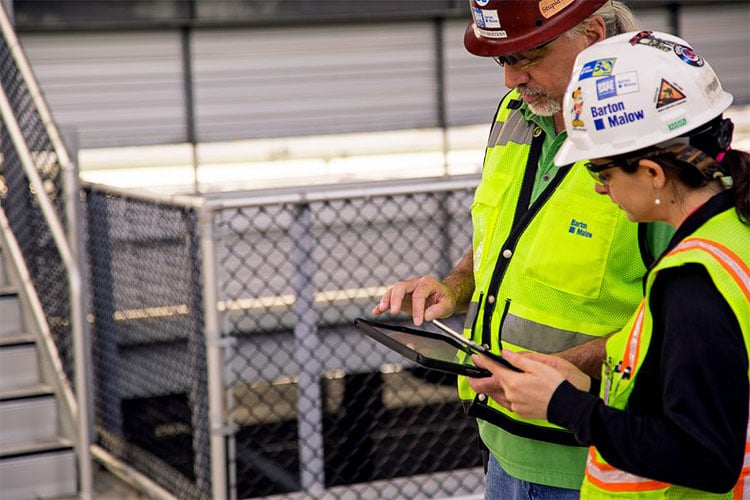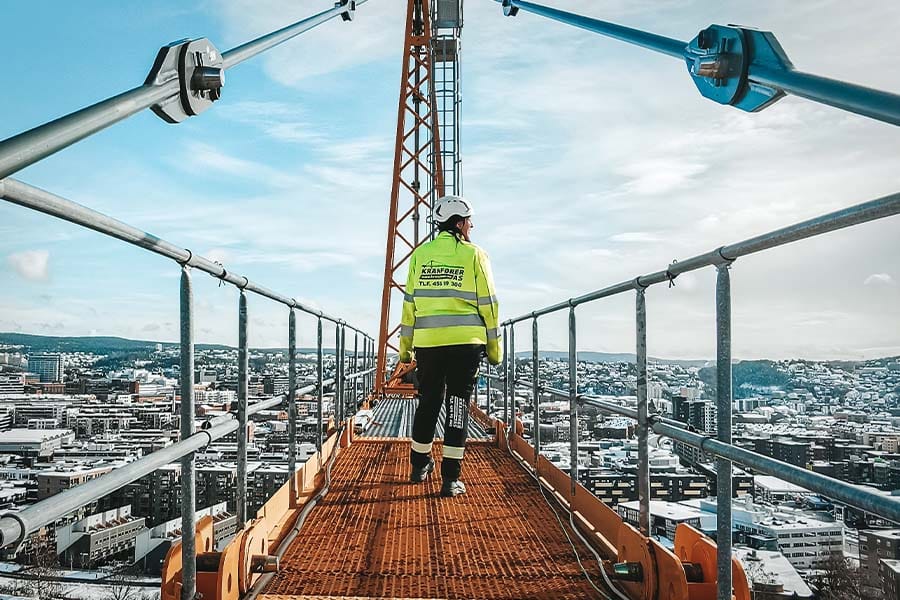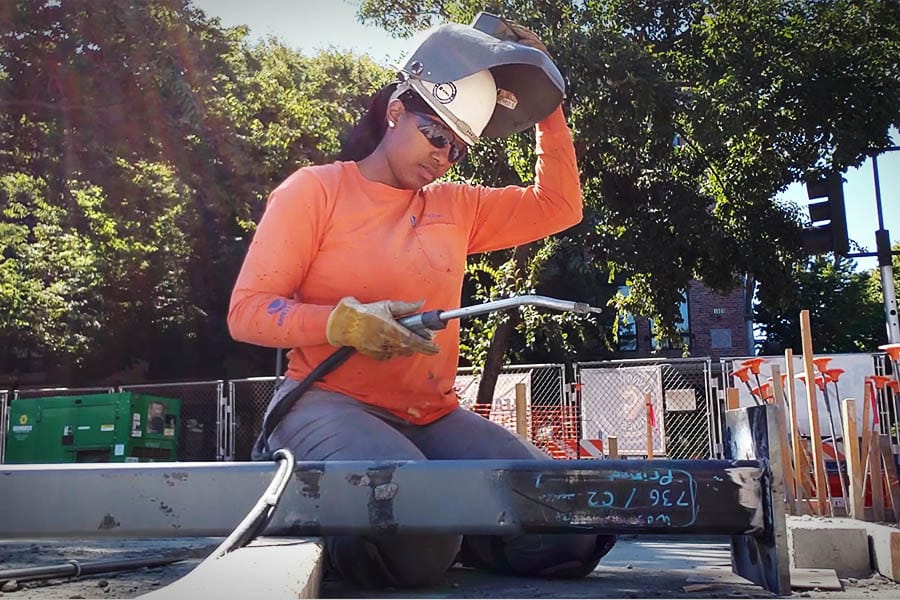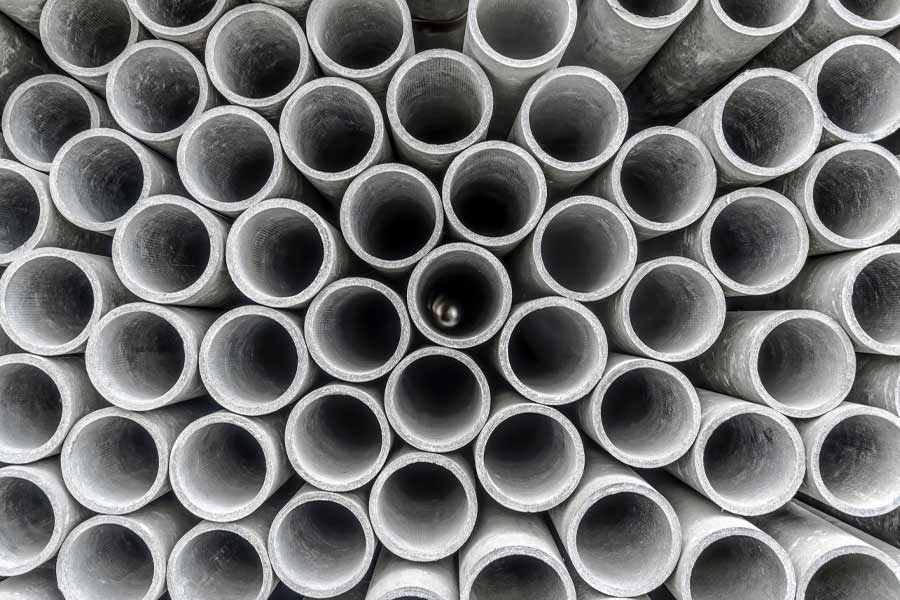Video produced by Justin Hearn
It wasn’t all that long ago when Madolyn Noll would start her midnight shift as a bread-and-cheese maker in New York City, pasteurizing 10,000 gallons of milk until 3 a.m. before spending the rest of her pre-dawn hours out in the city with friends.
Her next job, as a pastry chef in the city’s fine dining restaurant scene, followed a similar schedule. Working behind the scenes creating top-of-the-line hospitality and culinary experiences for customers until the wee hours of the morning, then living it up in the city that never sleeps.
Today, Noll remains focused on creating immaculate customer experiences from behind the scenes—but in a field that couldn’t possibly be more different than the one she started in. Her work hours are also more conventional.
Noll is a product research manager at Bluebeam, responsible for interacting with and learning from the company’s construction industry technology customers to understand the core of their experiences using Revu, Bluebeam’s flagship software product. She then presents that information to Bluebeam’s internal product, design and engineering teams, which Noll collaborates with to ensure the next iterations of the company’s products will continue to satisfy and delight users.
“When I was in the culinary world, we always talked about having empathy for customers and anticipating their needs,” Noll said. “And so that very easily translates over to design and research.”
From food to software
How does a cheese maker and pastry chef end up working in construction technology?
Noll’s interest in construction pre-dates her career in culinary arts. She specialized in drafting and CAD when in high school, and she went on to study industrial technology and engineering thereafter. Noll then took a sharp left turn into her culinary career, eventually turning that experience into roles at several food startups working in customer experience.
This series of jobs hardened her interest and pursuit of a career in user research, a burgeoning field in technology development that aims to scientifically study and record customer needs and experiences to inform product designers and engineers on areas for enhancement.
After moving to Los Angeles, Noll spent the next several years in customer experience, design and research roles. Then, in March 2020, approximately one week before the COVID-19 pandemic sent Bluebeam (and much of the world) into a semi-permanent work-from-home state, Noll started her current role.
“Switching over to the research side of things has been a really wonderful experience,” Noll said. “It kind of combines hospitality of serving our customers with the technical side of software development.”
A team effort
Most users of construction software likely assume that products like Revu are created by teams of engineers writing complex lines of code hours on end. What results is a piece of software that they then use in the office and field to review documents, collaborate on reviews and markup and approve design changes that ultimately contribute to enhanced efficiency on a construction project.
‘When I was in the culinary world, we always talked about having empathy for customers and anticipating their needs. And so that very easily translates over to design and research.’
Madolyn Noll, Product Design Research Manager, Bluebeam
All of that is indeed true, but it doesn’t tell the full story.
What users aren’t likely privy to are the additional teams that contribute to software development without writing a single line of code. At Bluebeam and elsewhere, product design research has emerged in recent years as a critical software development function by taking research methods and concepts from academia and applying them to study how end-users experience software products to gain a better understanding of how those products can be continuously improved.
“It’s about creating simple and really well-designed experiences that solve customer problems and also achieve business outcomes,” said Susanne Soliman, director of product design research at Bluebeam, who oversees Noll’s efforts.
Product design research at Bluebeam uses several different methods to achieve this goal.
The first is usability testing, where Noll and other researchers observe and interact with customers as they use the software to ensure that it is easy to use and that customers are accomplishing what they need to with it. Oftentimes usability testing is used with prototype products, so that researchers like Noll can take that feedback and pass it on to engineers and designers before the final product is brought to market.
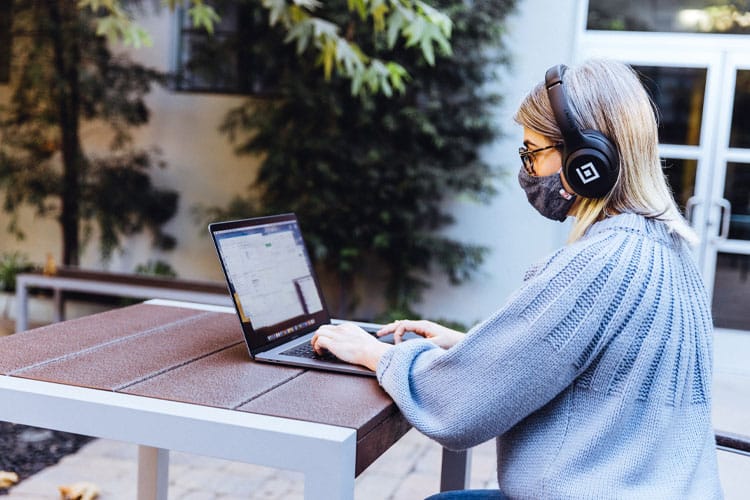
“In pre-COVID times, we would be able to do site visits and watch our users interact with the software on the jobsite and in the field,” Noll said, “to observe how they were actually using the technology and where the opportunities are. In this day and age during COVID, we’re relying on lots of remote meetings where we’re able to do usability testing by providing links to our prototypes and having users screen share, click through them and give us feedback.”
In addition to usability testing, product design researchers also use customer interviews and surveys to glean information about their experiences that are helpful in the continuous improvement of a software product. “Those activities really help us home in on making sure that we’re solving the right problems for our customers,” Soliman said. “A lot of the time is understanding what customers’ problems are and making sure that we can solve them in the products that we design.”
What would happen if product design research didn’t exist?
“Without research, we might not know exactly the core of users’ problems,” Noll said. “With research, we ask why. And we ask why many, many times to get to the core of the problem. If we didn’t have research, we might just take a high-level insight from a user and run with it.”
“A user might say, ‘I’m not able to make a Markup here,’” Noll provided as an example. “But we can ask, ‘Why are you trying to make that Markup? And why are you trying to do this and that?’ That helps us get to the core of the problem and solve it from a more holistic place, as opposed to just responding to a high-level need.”
Moving ahead
Product research is instrumental at Bluebeam because it’s important for engineers and designers to understand how humans ultimately behave when using a piece of software.
“Madolyn is kind of like a human encyclopedia for our users because she’s the single person in our organization that we have lead all of the customer interviews,” said Jackie Lee, a product designer at Bluebeam. “She knows the ins and outs of our customer pain points, the workflows that our customers need to go through, as well as how they perceive and experience our products.”
Paying attention to the human element is top of mind for Madolyn in her work.
“We pay attention to everything,” she said. “As a researcher, you listen to the user, but you also listen to what the user isn’t saying. We try and pay attention to where someone’s eyes are moving; how they’re using their hands; what their body language shows. Being observant of everything happening around you as a researcher is really important.”
Does overseeing product design research and interacting with technology customers produce the same thrill as making cheese until 3 a.m., or serving high-end restaurant diners pastry creations in one of the busiest and most vibrant cities in the world?
Noll expressed an energetic enthusiasm at the role she gets to play every day working in construction technology—even though she admits it is vastly different than the culinary world she left behind.
“I get up every morning to help our customers have the best day possible,” Noll said. “Knowing we are creating technology to help them on a day-to-day basis is really empowering for me.”
Interested in participating in Bluebeam’s research program? Join our Customer Development Program (https://www.bluebeam.com/cdp) or reach out via email at cdp@bluebeam.com.
Once joined you’ll be occasionally invited to provide input into new products and features during their initial design and development. All activities are optional and you’re free to opt out of the program at any time.
